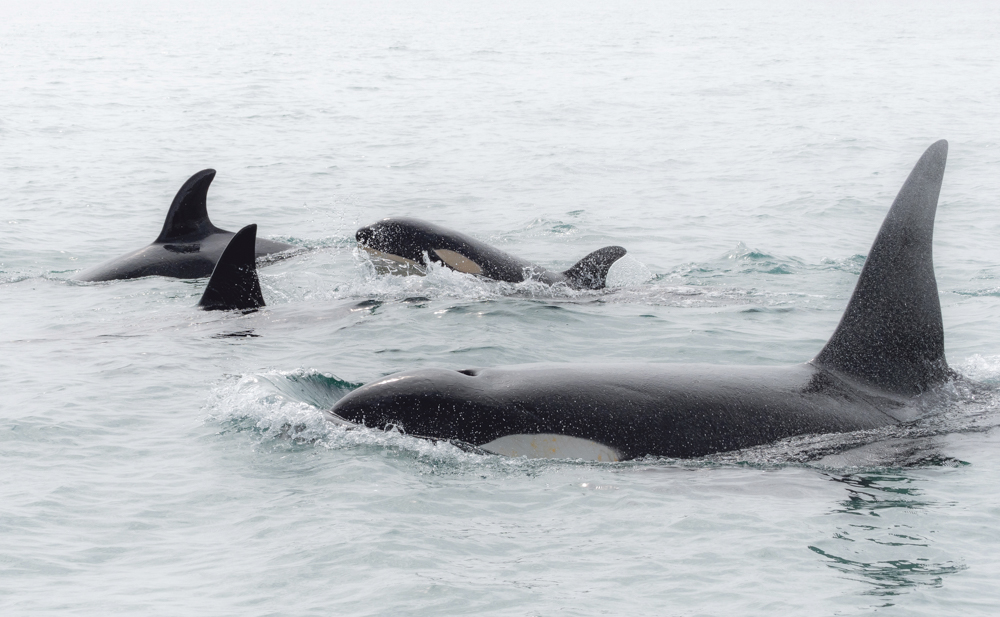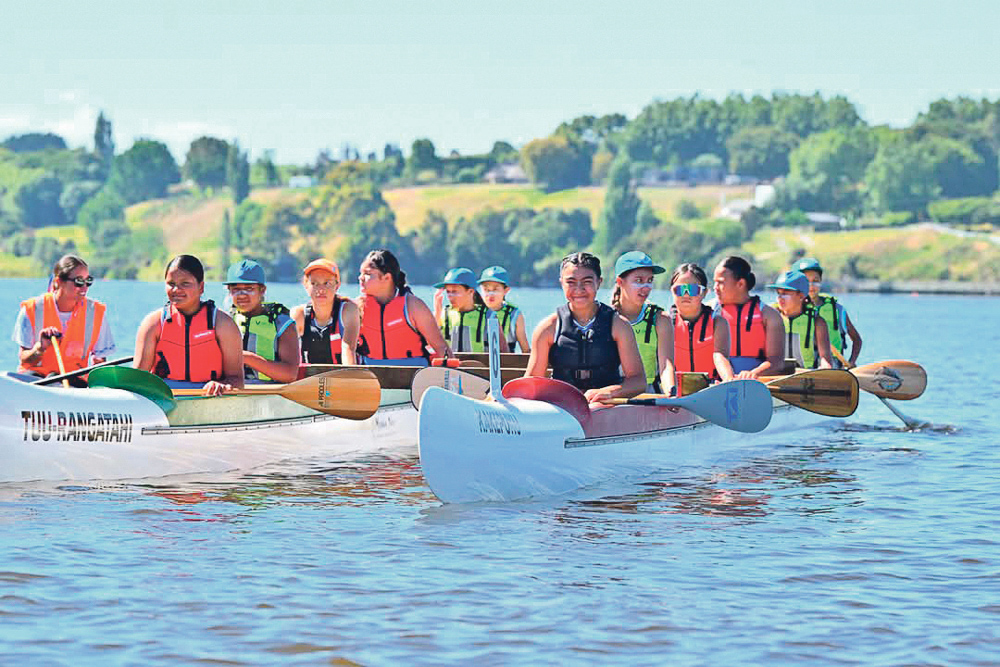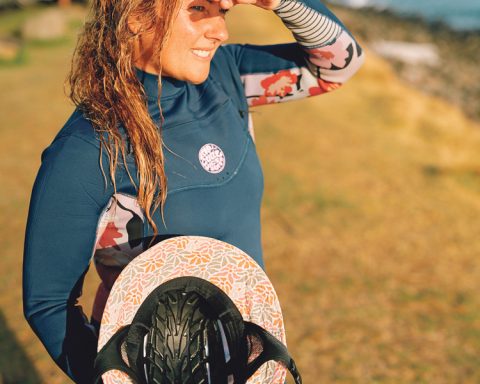Orca pod sightings in two Waikato harbours have prompted DOC staff to remind boaties, kayakers and jet-skiers to enjoy the animals from a safe distance
A family pod of five orca – part of the resident population off NZ’s coasts –was seen in Raglan Harbour in January. DOC staff says it’s likely the animals are feeding in the harbour, as they visit frequently.
DOC’s Waikato Operations Manager Niwha Jones says DOC has received reports of people in both harbours getting too close to the animals, potentially putting themselves and the orca at risk.
Concerns about human behaviour near the orca have also been raised on local social media pages.
In one incident, a boat was alleged to be chasing the pod in Raglan Harbour.
“The orca pod is bringing people a lot of joy, which is great,” Niwha says.
“However, this family group includes a large male and an adult female – these are powerful animals that could do serious harm if agitated.”
The pod also includes calves which are particularly susceptible to injury or disturbance, including being separated from their mothers.
“It’s really important to let the orca decide how they want to interact with people,” Niwha says.
“We can’t stop the orca from approaching people, but we should be letting them choose to do that, rather than forcing our presence on them.”
Orca are an apex predator. Their population in New Zealand waters is estimated to be between 150 and 200 individuals. They are highly threatened (classified as Nationally Critical under the NZ Threat Classification System). Disturbance by vessels, including recreational boats, is a threat to orca due to noise pollution and boat strike.
If approached by orca, anyone in a vessel (including kayakers and paddleboarders) should stop and turn engines off and just enjoy the encounter until the animals are ready to move on – and don’t chase after them.
New Zealand’s marine mammal protection rules say vessels must stay 50m from orca. The maximum number of vessels allowed within 300m of orca is three. Kayaks may raft together as one vessel, otherwise they count as individual vessels too.
Anyone purposefully approaching them closer than 50m, or in a way that disturbs them, is breaking the law and could face an infringement or prosecution.
“We want marine mammals like orca to be able to go about their natural behaviours such as feeding, socialising, and resting, and improper interactions can severely disrupt this kind of behaviour,” Niwha says.
All seals, sea lions, dolphins and whales are protected under the Marine Mammals Protection Act 1978. It’s an offence to harass, disturb, injure or kill marine mammals.
Anyone charged with harassing, disturbing, injuring or killing a marine mammal faces a maximum penalty of two years imprisonment or a fine to a maximum of $250,000.
People who have seen harassment or disturbance of a marine mammal – including the two Waikato harbour incidents already reported to DOC – should call 0800 DOC HOT. Witnesses should provide a description of what they’ve seen, where and when it occurred, and the details of any vessels or vehicles.
In May 2024, a man was fined $600 after video emerged of him attempting to leap onto an orca in water off Auckland.











